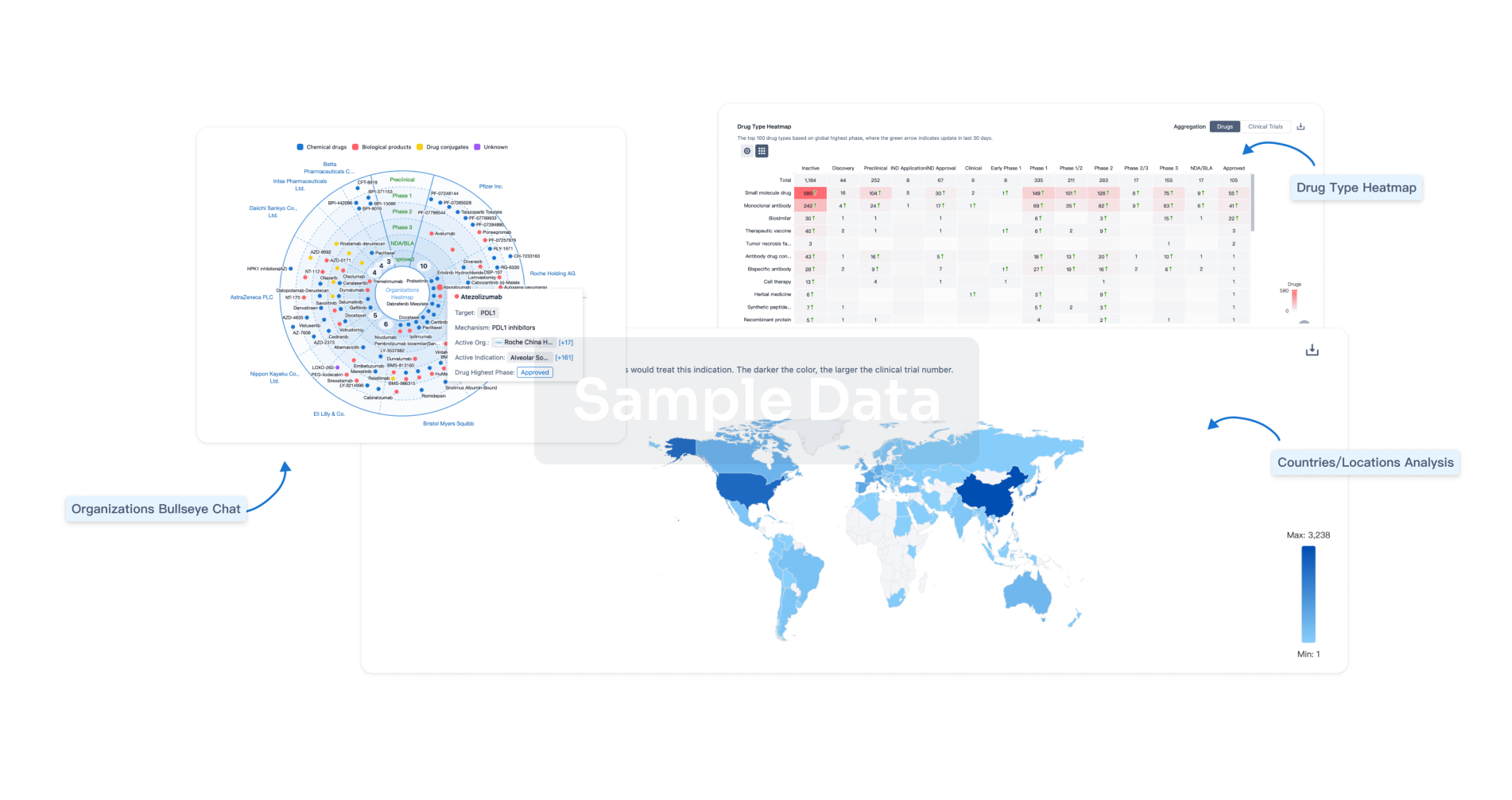Request Demo
Last update 08 May 2025
Fahr's Disease
Last update 08 May 2025
Basic Info
Synonyms Adult-onset idiopathic nonarteriosclerotic cerebral calcification, BASAL GANGLIA CALCIFICATION, IDIOPATHIC, 1, BASAL GANGLIA CALCIFICATION, IDIOPATHIC, 2, FORMERLY + [46] |
Introduction An autosomal dominant condition caused by mutation(s) in the SLC20A2 gene, encoding sodium-dependent phosphate transporter 2. It is characterized by calcification of the basal ganglia. |
Related
1
Drugs associated with Fahr's DiseaseTarget |
Mechanism Bone resorption factor inhibitors |
Originator Org. |
Active Indication |
Inactive Indication- |
Drug Highest PhaseApproved |
First Approval Ctry. / Loc. United States |
First Approval Date01 Sep 1977 |
5
Clinical Trials associated with Fahr's DiseaseNCT05662111
A Randomized, Placebo-controlled, Double-blind Trial to Study the Effects of Etidronate on Ectopic CALCIfication in FAhr's Disease or Syndrome
Fahr's disease or syndrome are neurodegenerative diseases in which patients present with bilateral vessel associated calcifications in the basal ganglia. The clinical penetration of Fahr's disease or syndrome is incomplete and heterogeneous comprising of neuropsychiatric signs, cognitive decline, movement disorders, and various other signs (migraine, speech disorders, pain, seizures). The symptoms start between 30 and 50 years and are (slowly) progressive. Symptomatic patients have an increased risk for dependence in activities of daily living and impaired quality of life.
Currently, disease-modifying therapies are not available for patients with Fahr's disease or syndrome. However, in a small case series it was shown that alendronate was effective in the clinical treatment of several patients with Fahr's disease or syndrome. Now the time has come to investigate the effectiveness of treatment with bisphosphonates in patients with Fahr's disease or syndrome in a randomized controlled trial.
Currently, disease-modifying therapies are not available for patients with Fahr's disease or syndrome. However, in a small case series it was shown that alendronate was effective in the clinical treatment of several patients with Fahr's disease or syndrome. Now the time has come to investigate the effectiveness of treatment with bisphosphonates in patients with Fahr's disease or syndrome in a randomized controlled trial.
Start Date03 Apr 2023 |
Sponsor / Collaborator |
NCT04010201
A Registered Cohort Study on Brain Calcification
Brain calcification is a common neuroimaging feature in patients with metabolic, neurological, or developmental disorders, infectious diseases, traumatic or toxic history, as well as in otherwise normal older people. To understand the clinical and genetic characteristics of brain calcification, we establish a cohort of brain calcification to follow up patients with brain calcification.
Start Date25 Aug 2019 |
Sponsor / Collaborator |
JPRN-UMIN000030100
The study of gene mutation on the patients with idiopathic basal ganglia calcification (IBGC) in Japan - The study of gene mutation on the patients with idiopathic basal ganglia calcification (IBGC) in Japan
Start Date30 Nov 2017 |
Sponsor / Collaborator |
100 Clinical Results associated with Fahr's Disease
Login to view more data
100 Translational Medicine associated with Fahr's Disease
Login to view more data
0 Patents (Medical) associated with Fahr's Disease
Login to view more data
1,214
Literatures (Medical) associated with Fahr's Disease01 May 2025·Experimental Cell Research
Type III sodium-dependent inorganic phosphate transporters are required for the phenotypes in human brain microvascular endothelial cells
Article
Author: Murata, Junya ; Ohuchi, Kazuki ; Izutsu, Mutsuko ; Inden, Masatoshi ; Mishima, Ayane ; Hayashi, Yuichi ; Kurita, Hisaka ; Watanabe, Ku ; Hozumi, Isao
21 Apr 2025·Tidsskrift for Den norske legeforening
Fahr's disease or primary familial brain calcification?
Article
Author: Aksnes, Henriette ; Leerink, Christina Wilhelmina
19 Apr 2025·Movement disorders : official journal of the Movement Disorder Society
The Genetic and Phenotypic Spectrum of Primary Brain Calcification in a Large Cohort from China.
Article
Author: Fu, Feng ; Li, Jiaxiang ; Wang, Lebo ; Zheng, Xiaosheng ; Kang, Yixin ; Yang, Dehao ; Wang, Xinchen ; Jin, Nan ; Cen, Zhidong ; Chen, Xinhui ; Luo, Wei ; Lin, Zhiru ; Xie, Fei ; Wang, Haotian
Analysis
Perform a panoramic analysis of this field.
login
or

AI Agents Built for Biopharma Breakthroughs
Accelerate discovery. Empower decisions. Transform outcomes.
Get started for free today!
Accelerate Strategic R&D decision making with Synapse, PatSnap’s AI-powered Connected Innovation Intelligence Platform Built for Life Sciences Professionals.
Start your data trial now!
Synapse data is also accessible to external entities via APIs or data packages. Empower better decisions with the latest in pharmaceutical intelligence.
Bio
Bio Sequences Search & Analysis
Sign up for free
Chemical
Chemical Structures Search & Analysis
Sign up for free



